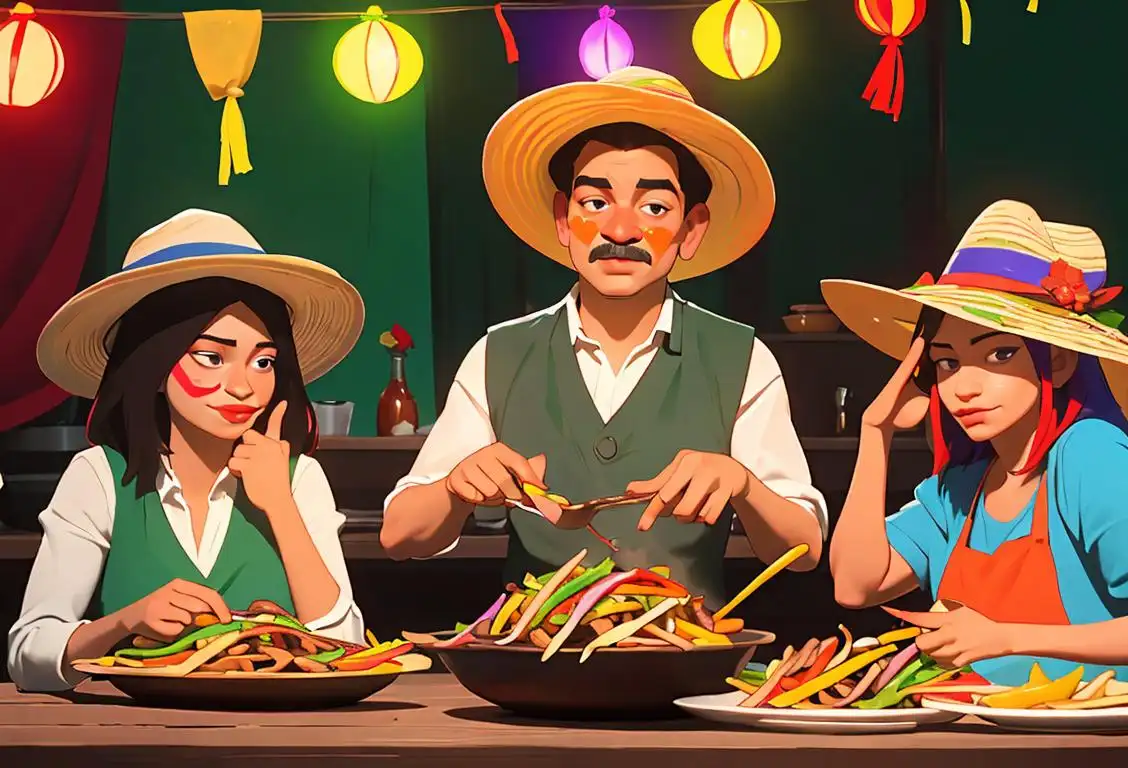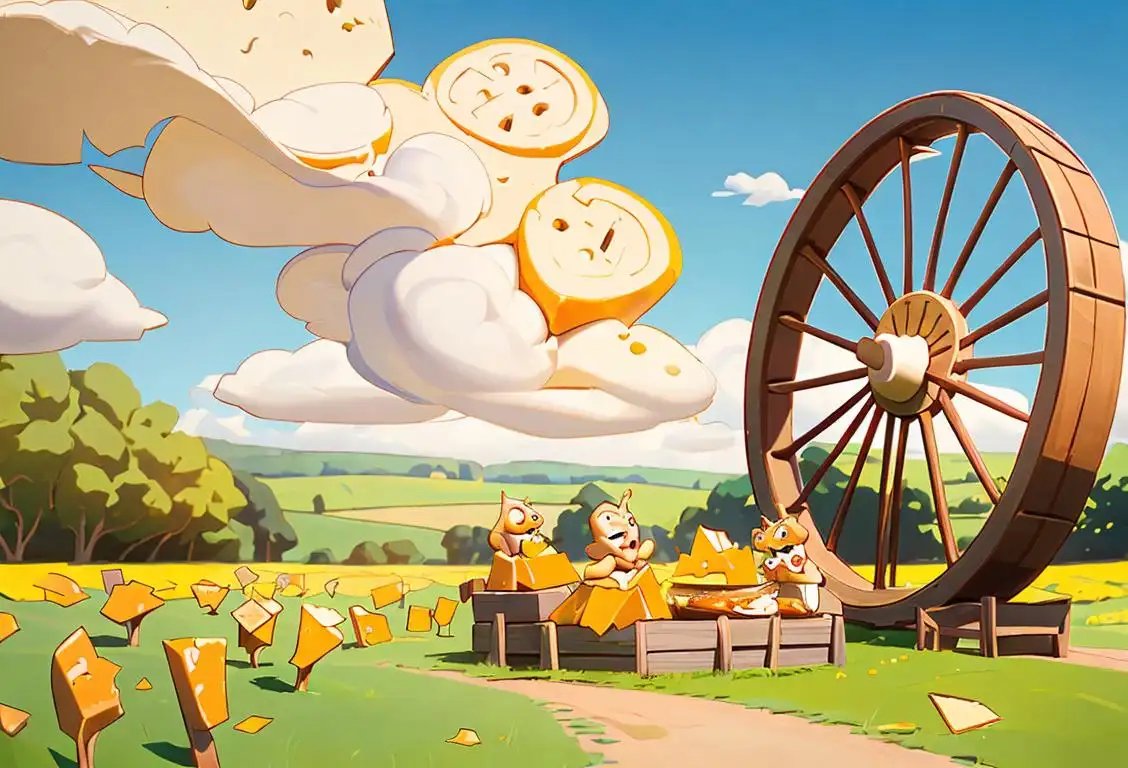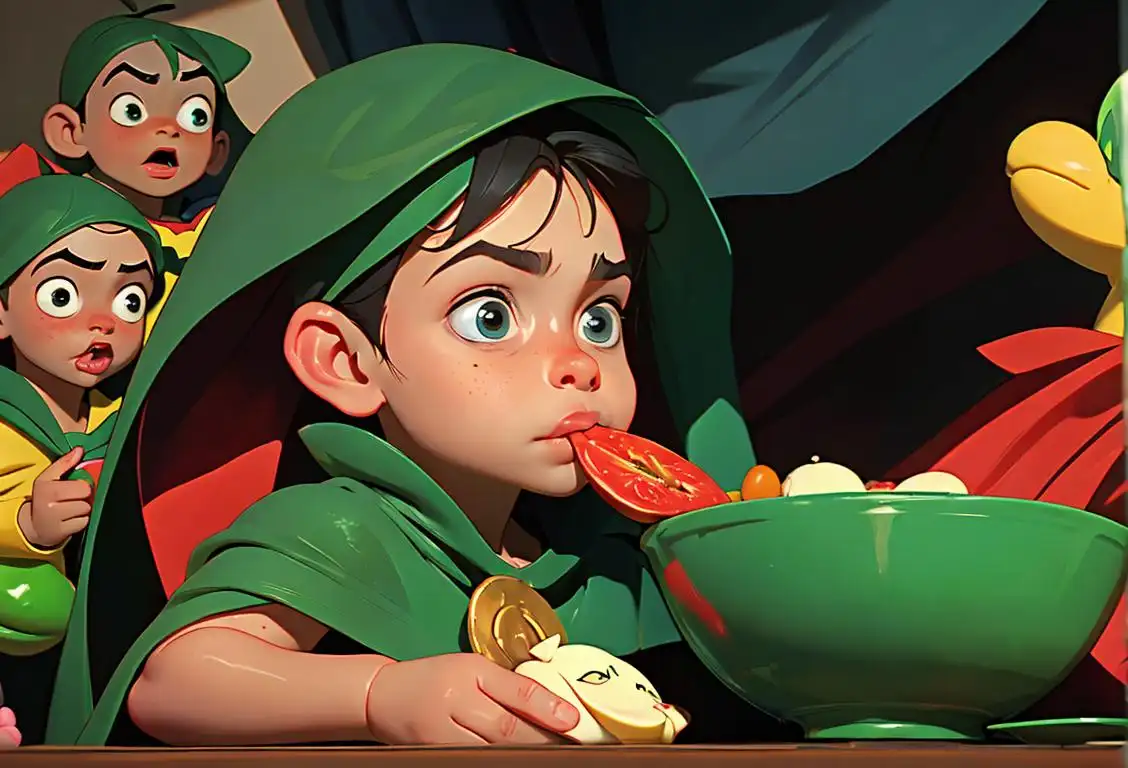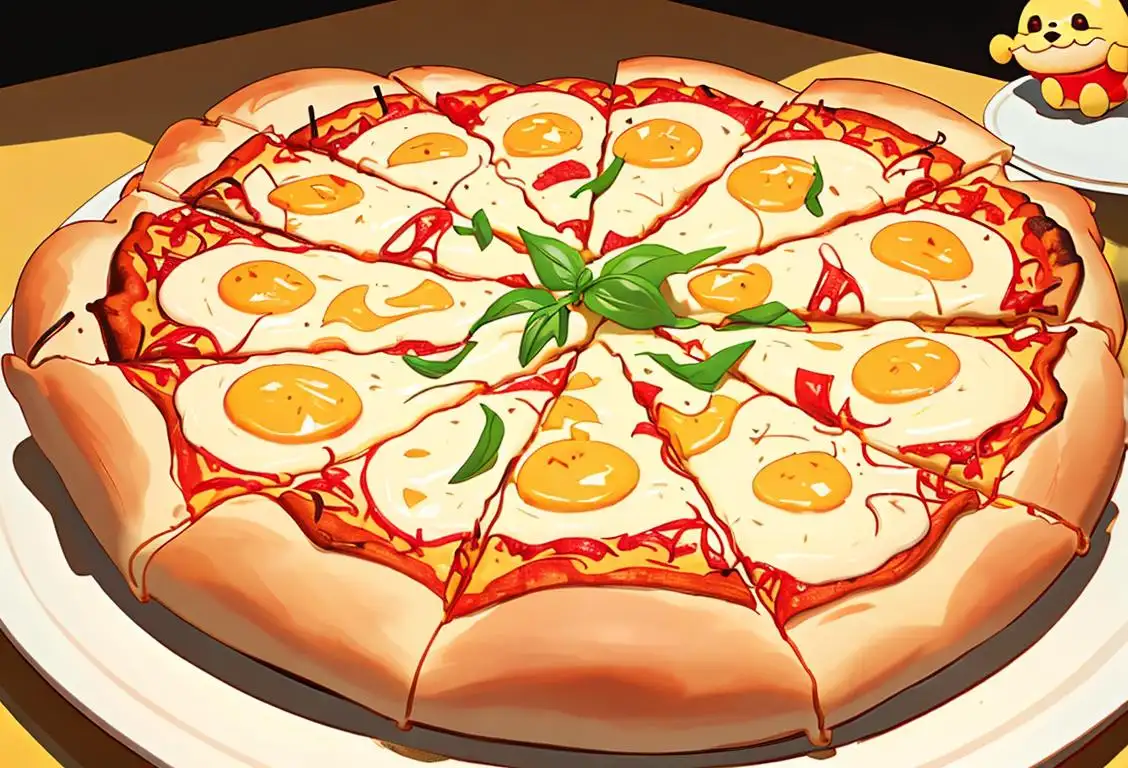National Dumpling Day
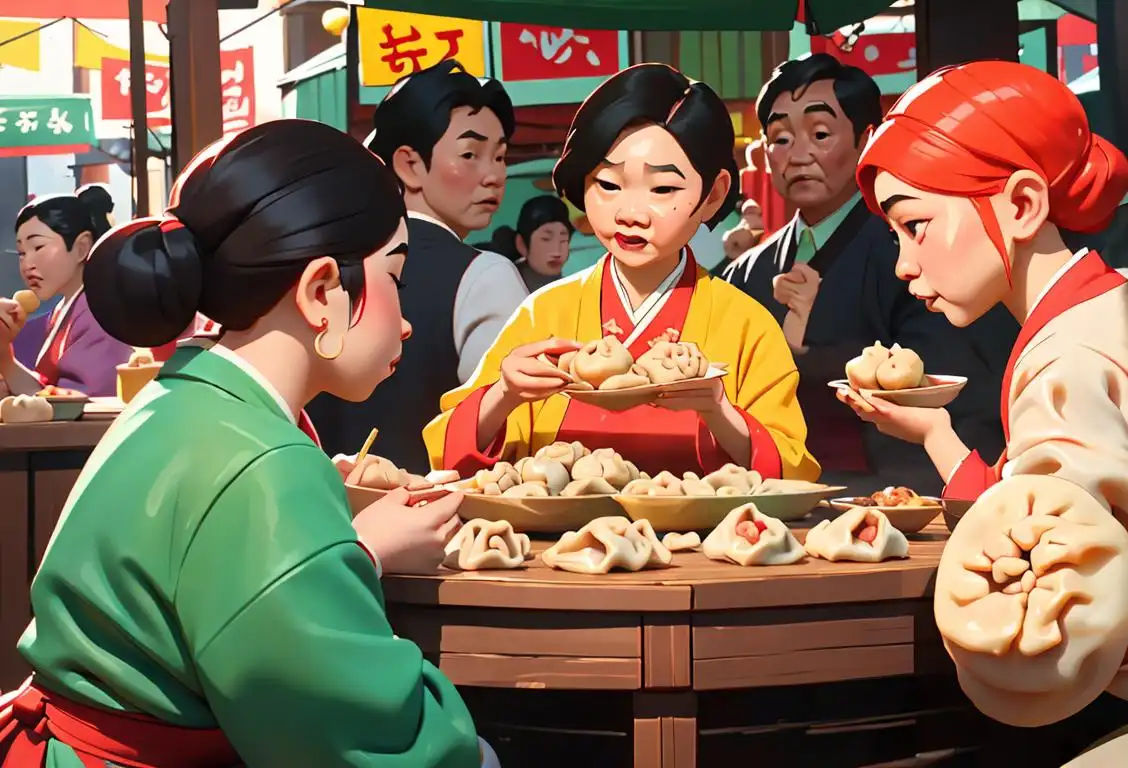
Roll up, roll up! There's no 'knead' to 'stew', it's time to celebrate National Dumpling Day. Yes, such a day really does exist, no, this is not a 'half-baked' joke. Get ready to embrace these doughy delights from dough-re-mi to dough, a deer, a female dumpling!
When is Dumpling Day?
It's national dumpling day on the 26th September.
A Brief History of Dumplings
From the potstickers of China to the pierogis of Poland, dumplings have been delighting palates for centuries. Though nobody can quite agree where these bite-sized goodies truly originated, there's no argument when it comes to their worldwide popularity.
Dumplings on The Internet
Like most great phenomena, dumplings have received robust online recognition. People love to post images of their handmade morsels, share their secret recipes, and off course, declare their love for these plump little packages on social media. National Dumpling Day takes this virtual affection to another level, and we've detected 7091 mentions of this delightful day across the interwebs. In fact, a record spike of mentions was discerned on the 26th of September 2018.
Celebrating National Dumpling Day
So how does one celebrate such a delicious day? Well, by making, eating and sharing dumplings, of course! Challenge yourself to try a completely new type of dumpling or invite friends over for a hearty and joyful dumpling potluck. Perhaps even dare to dive into a dumpling eating contest; we assure you it's all in good taste. And by all means, do share your dumpling escapades online to keep the tradition going!
History behind the term 'Dumpling'
14th century
The Early Beginnings
The term 'dumpling' originated in the 14th century in England. It comes from the Old English word 'dumphynn', meaning a mass of dough cooked by boiling or steaming. At this time, dumplings were simple, rustic dishes made with flour, water, and fat, often filled or served with meat or vegetables.
17th century
Delicious Innovations
During the 17th century, dumplings started to evolve with the introduction of new ingredients and techniques. Cooks began adding suet (beef or pork fat) to the dough to make it richer. Dumplings were also commonly flavored with herbs and spices, enhancing their taste and aroma.
19th century
Global Culinary Influence
In the 19th century, dumplings gained popularity worldwide as global trade and exploration increased. Chinese dim sum, Italian gnocchi, and Jewish matzo balls are just a few examples of international dumpling variations that made their way into different culinary traditions. Each culture added its unique twist to the concept of 'dumpling' using local ingredients and cooking methods.
20th century
Dumplings Go Mainstream
Dumplings became a beloved staple across various cuisines in the 20th century. In the early 1900s, frozen dumplings were introduced, revolutionizing the convenience of making and enjoying these tasty morsels. Additionally, immigrants brought their traditional dumpling recipes to new countries, enriching the multicultural culinary landscape.
Present
Dumpling Bonanza
Today, dumplings continue to be adored worldwide. From Chinese jiaozi to Polish pierogi, from Mexican tamales to Nepalese momo, the diversity of dumplings is astounding. Dumpling festivals and competitions are held globally, celebrating the joy of these comforting and versatile delicacies.
Did you know?
Did you know? No single country has a monopoly on the dumpling. Almost every global cuisine incorporates the humble dumpling in some form or other, tailor-fitting it to their own unique culinary concepts!Tagged
food fun celebration tradition cookingFirst identified
26th September 2015Most mentioned on
26th September 2018Total mentions
7091Other days
Dumpling Day
Fajita Day
Oreo Cookie Day
Deviled Egg Day
Cheddar Day
Spinach Day
Cheese Pizza Day
Pina Colada Day
Chocolate Ice Cream Day
Vodka Day
